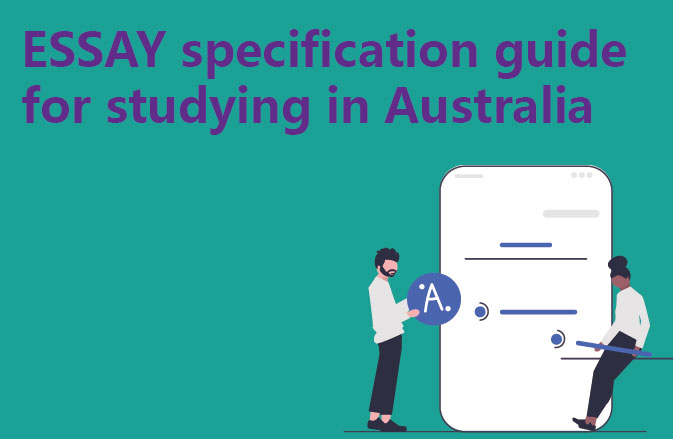I. General structure
The constituent elements of an Essay include the introduction, the body and the conclusion, and the paragraphs need to be logically related. The introduction usually consists of two parts: an intriguing paragraph starter, or hook, and a background description of the topic. The main body consists of supporting paragraphs, each of which first establishes a topic sentence, then introduces and applies valid evidence to support it, and should add logical links between the arguments and the topic when appropriate. The conclusion should briefly review and summarise the previous issues.
Text Format
1. Font: Times New Roman. 2.
2. Paragraph spacing: one line between paragraphs, two characters indented in the first line of each paragraph. 3.
3. Page numbering: No page number is required on the cover page; page numbers will be inserted in the lower right corner of each page from the main text onwards. If there is a table of contents, it is recommended that Roman numerals be used to identify the table of contents page and Arabic numerals be used for the main text.
4. word limit: strictly in accordance with the requirements to control within plus or minus 10%.
5. Font size setting: No. 18 to 22 for the first-level headings; No. 16 for the second-level headings; No. 14 for the third-level headings; Small Four (No. 12) for the text.
6. Line spacing adjustment: set to 1.5 times to facilitate tutor’s annotation.
7. Margin setting: generally 2.5cm.
8. Title style: bold font.
9. Catalogue generation: automatically generated.
10. Page Layout: standard 1″ (2.54cm) margins.
Citing references
When citing references, make sure that they are authentic and not fabricated. The list of references should be a separate page, and there should be appropriate space between the entries. Each reference should be in accordance with the “first letter of the sentence” order. Citation can be divided into two kinds of direct citation and indirect citation. Direct citation that is, direct quotation of the original text or book in the original text, should minimise the use of, so as not to affect the repetition rate of the article. Indirect citation is through the understanding of the content of the literature, with their own language to generalise or elaborate.
IV. Precautions
1. Abbreviations are strictly prohibited.
2. No space in the first line of each paragraph. 3.
3. Avoid the use of colloquial words and expressions. 4.
4. avoid the use of out-of-the-way vocabulary, but ensure professionalism.
5. avoid complex sentence structures.
6. keep the word count to a strict limit of 150 words or less. 7.
7. the examples, though important, must be closely related to the argument.
8. follow the requirements of the article without the need for an abstract or untitled section.
9. prohibit the use of the first or second person to ensure the objectivity of the argument.




